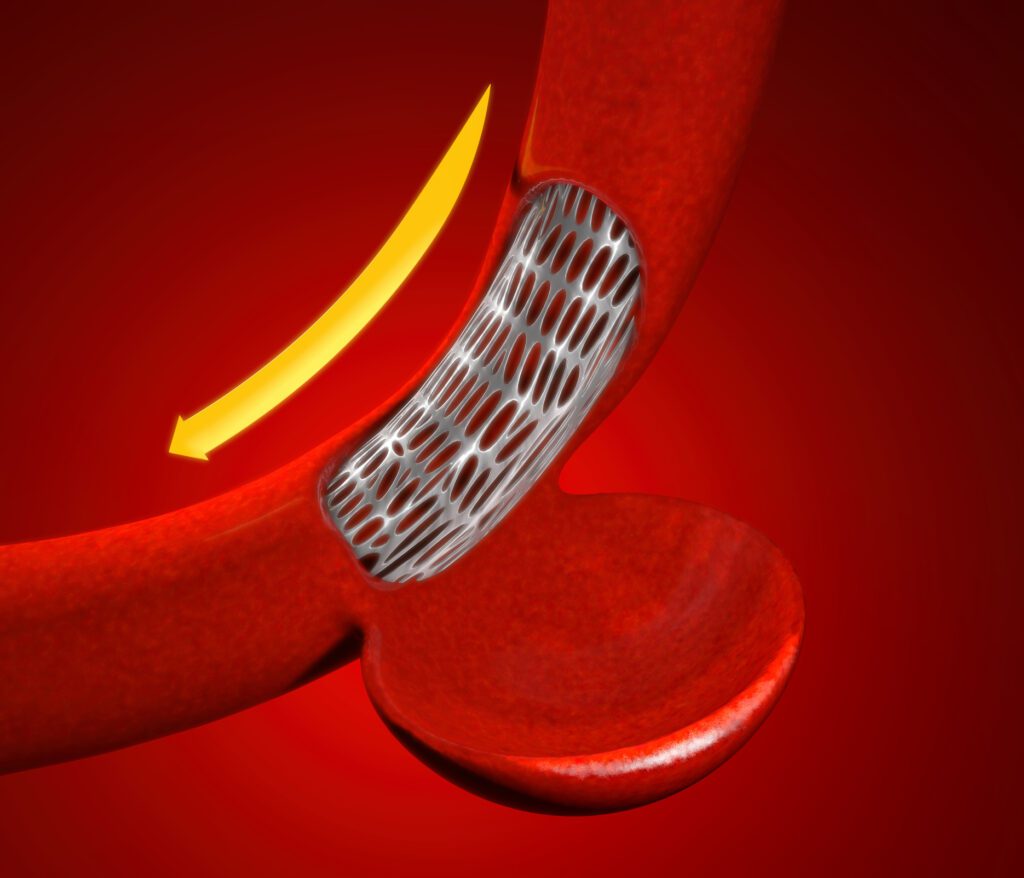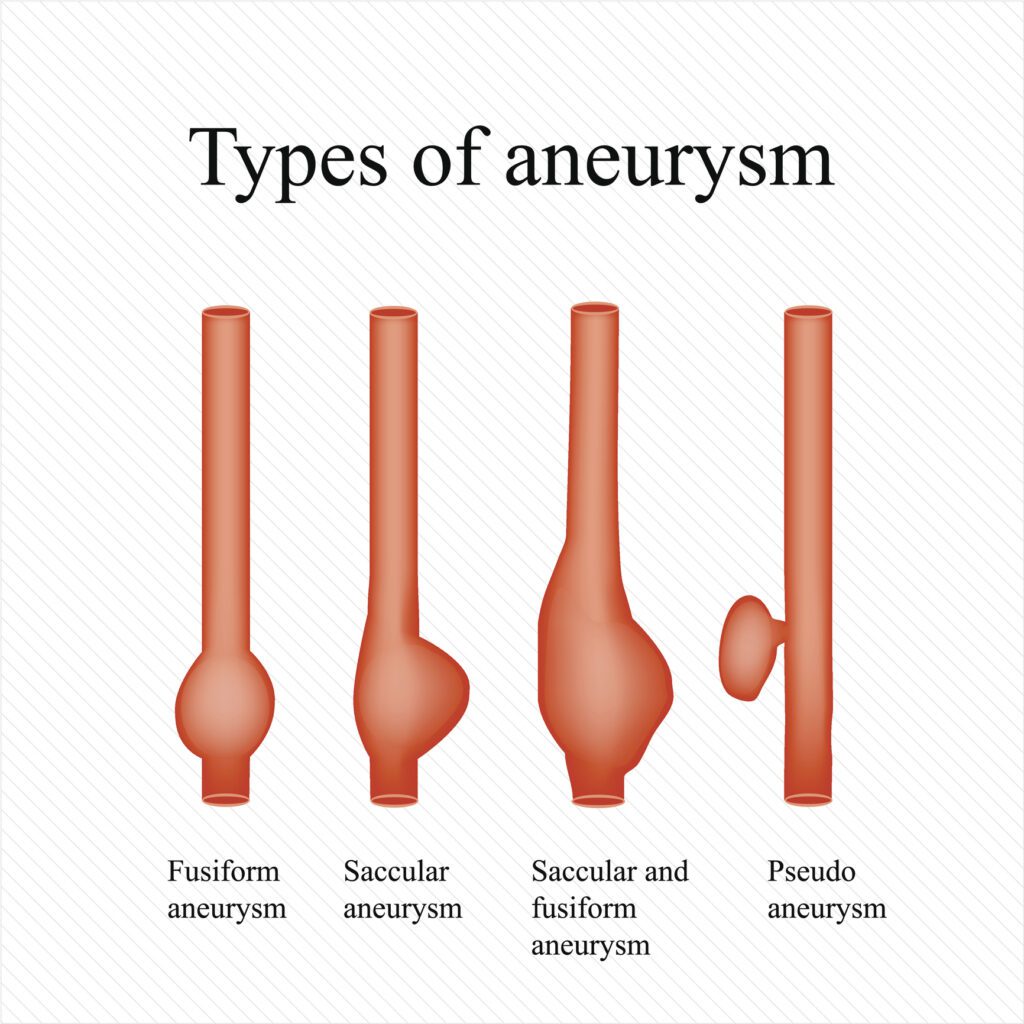When it comes to treating intracranial aneurysms, anatomy is critical. No two aneurysms are identical — variations in shape, size, neck width, and location all influence which treatment option will provide the safest, most durable outcome for the patient. For aneurysms that are especially challenging for conventional coiling — such as wide-neck or bifurcation aneurysms — intrasaccular devices have emerged as an important alternative, designed to offer stable, stand-alone flow disruption inside the aneurysm sac.
In this article, we explore why careful anatomical assessment guides device selection, how intrasaccular devices adapt to complex sac geometries, and the role surface coatings play in supporting healing in these demanding cases.
Understanding the Anatomy: Why Shape and Neck Size Matter
Intracranial aneurysms come in many forms, but certain anatomical features can make treatment more difficult. Wide-neck aneurysms — generally defined by a dome-to-neck ratio of less than 2 — are often unsuitable for standard coiling, which relies on packing the sac with multiple coils that stay securely in place. In wide-neck cases, coils can protrude into the parent vessel, creating risks of thromboembolism or the need for additional stents or balloons for support.
Bifurcation aneurysms, which occur where arteries divide, add another layer of complexity. The branching structure can complicate how a device seats inside the sac and interacts with surrounding blood flow. Similarly, the orientation of the aneurysm relative to the parent artery affects how easily a device can be delivered through microcatheters and positioned accurately.

How Intrasaccular Devices Adapt
Modern intrasaccular devices are engineered to meet these challenges head-on. Unlike traditional coils, these devices are self-expanding and designed to occupy the entire aneurysm cavity. By filling the sac with a fine braided mesh, they disrupt blood flow into the aneurysm, encouraging stable clot formation and gradual sealing off of the sac.
Because the mesh structure is flexible, it conforms naturally to irregular or complex sac geometries. Radiopaque markers help interventionalists see exactly how the device sits within the aneurysm during placement, ensuring complete coverage of the neck and minimizing the risk of residual filling. Devices like the Woven EndoBridge (WEB) have shown that this approach can improve occlusion rates and reduce the need for additional stents — streamlining procedures for difficult anatomies.
Why Surface Coatings Matter in Complex Cases
While device design provides the structural solution, the surface of the device plays an equally important role in long-term healing — especially for complex aneurysm shapes and wide necks. The blood–device interface must strike a careful balance: it should promote controlled thrombosis inside the sac while minimizing the risk of clotting at the neck or in the parent artery.

Equally important is endothelialization — the process of forming a stable layer of endothelial cells across the neck, permanently sealing the aneurysm from the parent vessel. In wide-neck or irregular aneurysms, achieving uniform endothelial bridging can be more challenging. This is where surface coatings can make a real difference.
Smart Reactors’ Camouflage™ coating is engineered to help address these anatomical challenges. By supporting endothelial cell adhesion and migration, Camouflage™ promotes consistent neck healing, even in geometries where blood flow patterns and tissue responses can vary. Its hemocompatible, anti-inflammatory properties also help reduce local immune reactions, further lowering the risk of incomplete occlusion or recurrence.
Better Outcomes Through Better Engineering
Selecting the right intrasaccular device is not just about choosing the right shape or mesh density — it’s about ensuring the device works with the patient’s unique anatomy to support stable healing. For complex aneurysms, advanced surface coatings can complement smart device design, providing a more predictable biological response where it’s needed most.
To learn how Smart Reactors’ Camouflage™ coating technology enhances the performance and safety of intrasaccular devices, read our related feature:
Optimizing Intrasaccular Devices: The Role of Advanced Surface Coatings.
As the field of neurovascular treatment continues to evolve, the synergy between innovative device designs and smart surface engineering will help make even the most complex aneurysms safer to treat — and give patients the best chance at lasting recovery.
Share this post: on LinkedIn

